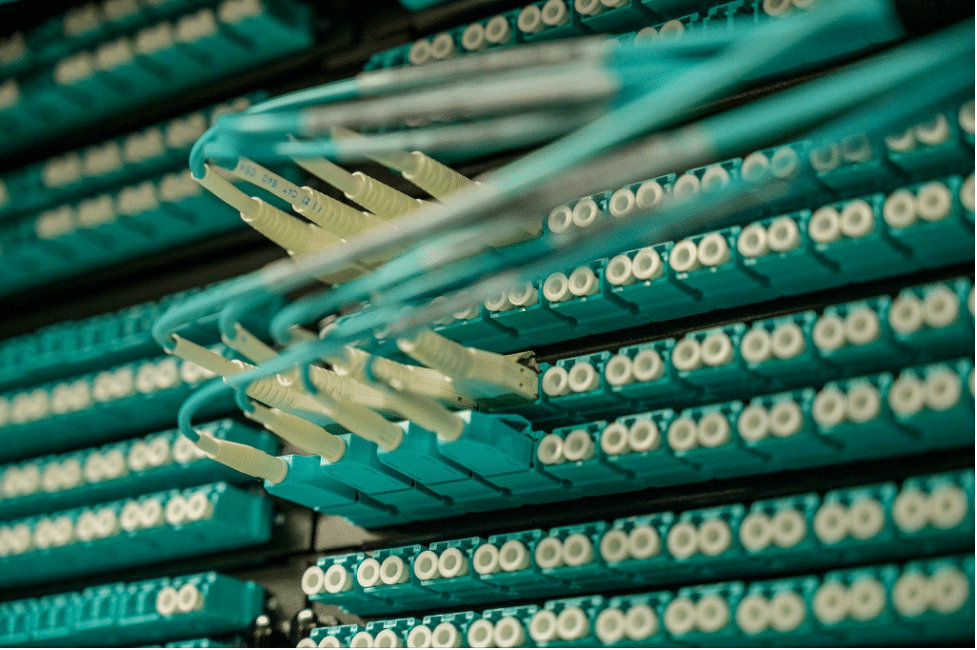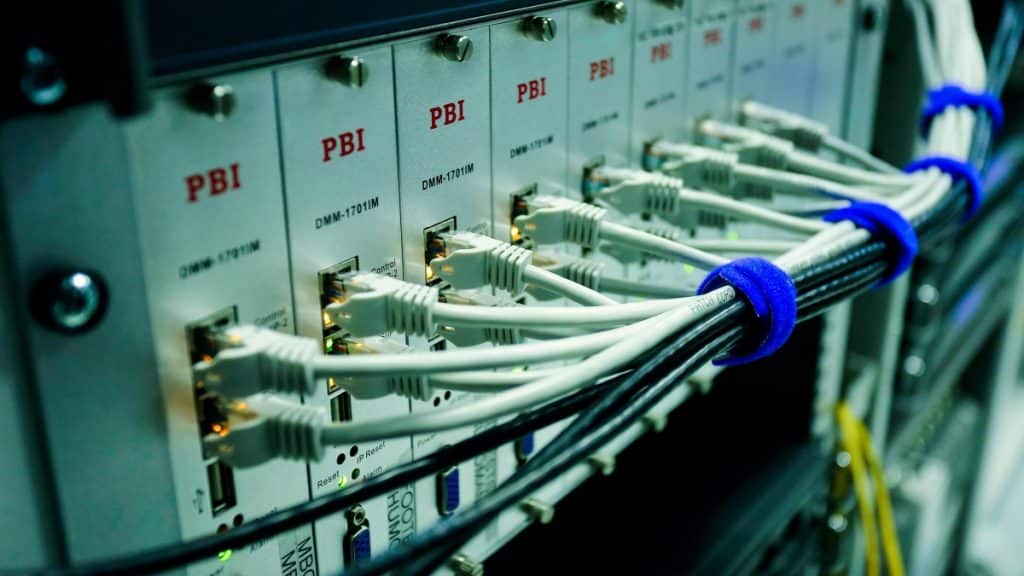Building a scalable IT infrastructure is a top priority for businesses looking to support long-term growth while keeping costs in check. However, achieving this balance can be challenging, especially when faced with the high price of new enterprise-grade servers. This is where refurbished servers present a compelling alternative.
By choosing refurbished hardware, organizations can access high-performance server solutions at a fraction of the cost, all while maintaining reliability and scalability. But making the switch requires careful planning. Ensuring compatibility, assessing vendor credibility, and future-proofing the infrastructure are key to maximizing the benefits.
This guide explores the critical factors to consider when selecting refurbished servers and outlines a strategic approach to building a scalable infrastructure that can adapt to evolving business demands.
Key Considerations When Choosing Refurbished Servers
Vendor Credibility
When purchasing refurbished servers, prioritize the vendor’s credibility. It should be demonstrable through an industry-proven track record. Positive customer reviews and testimonials echoing their commitment to quality service are crucial. Seek specialists in refurbished IT equipment with established protocols for testing, repairing, and certifying hardware. For instance, if you are considering investing in a used Dell R740, seek experts who specialize in refurbishing this specific model to secure your refurbished servers’ longevity.
Testing and Certification Processes
Refurbished servers’ quality and reliability hinge on the thoroughness of their testing and certification processes. Industry-standard evaluations encompass stress tests, hardware diagnostics, and performance benchmarking. These are designed to uncover and rectify potential faults, thereby ensuring these servers match or surpass the original manufacturer’s specifications.
Certified refurbished servers usually bear a vendor’s or third-party organization’s seal of approval, signifying thorough inspection and restoration to peak performance. These processes typically encompass component replacement, firmware updating, and compatibility assurance with contemporary software and systems. This level of scrutiny can significantly reduce the risk of unexpected failures and downtime.
Configuration Options and Compatibility
Choosing refurbished servers gives you the chance to customize configurations according to your precise requirements. Well-respected sellers offer many options for changes that let you match hardware with your business needs, without spending extra money on unnecessary features.
Before buying, ensure the refurbished servers work well with your current IT setup. If you ignore this important aspect, it could lead to expensive delays and extra costs which cancel out any savings from selecting used equipment.
Future Scalability Potential
Refurbished servers must scale effectively; therefore, choose hardware that not only meets current demands but also accommodates future expansion. Opt for servers with scalable options like expandable memory, extra storage bays, and advanced processor support. Your infrastructure gains the capability to scale with growing demands, thus eliminating the need for a comprehensive hardware overhaul.
Steps to Build a Scalable Infrastructure With Refurbished Servers
Assessing Current and Future Demands
The foundation of any scalable infrastructure lies in a comprehensive evaluation that requires not only analyzing your organization’s existing workloads but also pinpointing bottlenecks and projecting future growth against business objectives. For instance, an eCommerce company anticipating rapid expansion must brace for traffic surges during seasonal promotions. Businesses, by discerning these patterns, can ascertain the necessary type and volume of server resources to sustain optimal performance.
Evaluating the specific applications and services your servers will support is equally important. Are you running resource-intensive databases, hosting virtual machines, or deploying AI workloads? Each use case demands unique specifications like processing power, memory, and storage. Additionally, contemplate your data needs’ anticipated expansion. Will the demand for storage capacity at your firm double within two years? Insights like these guide you in choosing specifications and scalability features aptly for your refurbished server solutions.
Designing a Scalable Architecture
After completing demand assessments, the subsequent step involves creating a scalable architecture that permits incremental upgrades while maintaining current operations. Adopting a distributed computing model exemplifies this approach by allowing companies to adjust server numbers as needed, guaranteeing that infrastructure expansion aligns with evolving demand.
Virtualization and containerization serve as critical elements in a scalable architecture. They enable the maximization of refurbished server utilization by running multiple applications on a single physical server, enhancing efficiency while simultaneously cutting costs through reduced hardware procurement. These technologies facilitate workload migration and resource balancing across servers, thereby augmenting scalability.
Selecting Appropriate Refurbished Hardware
Selecting the appropriate refurbished hardware constitutes a critical move towards forging a scalable infrastructure. Begin by pinpointing servers that fulfill your performance need to ensure careful evaluation of your choices. Seek models with a demonstrated reliability record as well as ones compatible with your current systems.
Consider also the availability of spare parts and upgrade options. Refurbished servers that facilitate modular upgrades empower you to expand your infrastructure, without replacing entire systems. This flexibility does more than save money; it also prolongs your hardware’s lifecycle, resulting in a cost-effective approach to long-term scalability.

Bottom Line
Companies trying to improve their IT setup should give refurbished servers some thought. For startups, small- to medium-sized companies, and major organizations looking to maximize costs, they provide a reasonably priced solution without compromising dependability or performance. Companies can meet present needs and simultaneously be ready for future expansion by including these devices in a deliberately scalable architecture.
